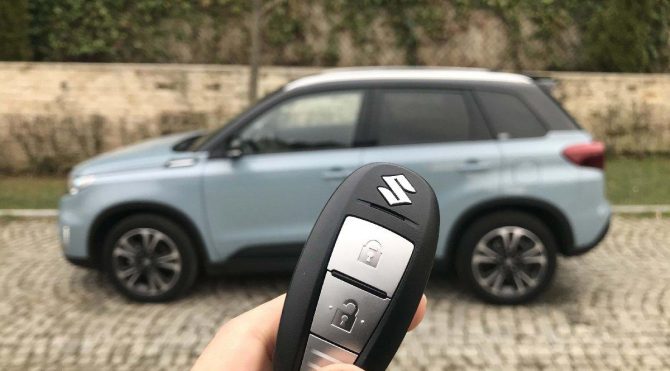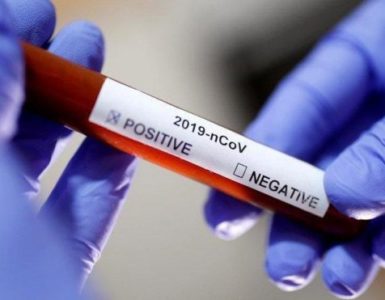Suzuki, one of the most important brands of the Japanese automotive industry, has managed to establish a throne in the hearts for years with the Vitara model. This car, which is very familiar with the users who especially know the off-road culture, first appeared in 1988.

The car, which has been sold in North America, Australia, Indonesia and Europe since then, continues its model life as a total of 4 generations.
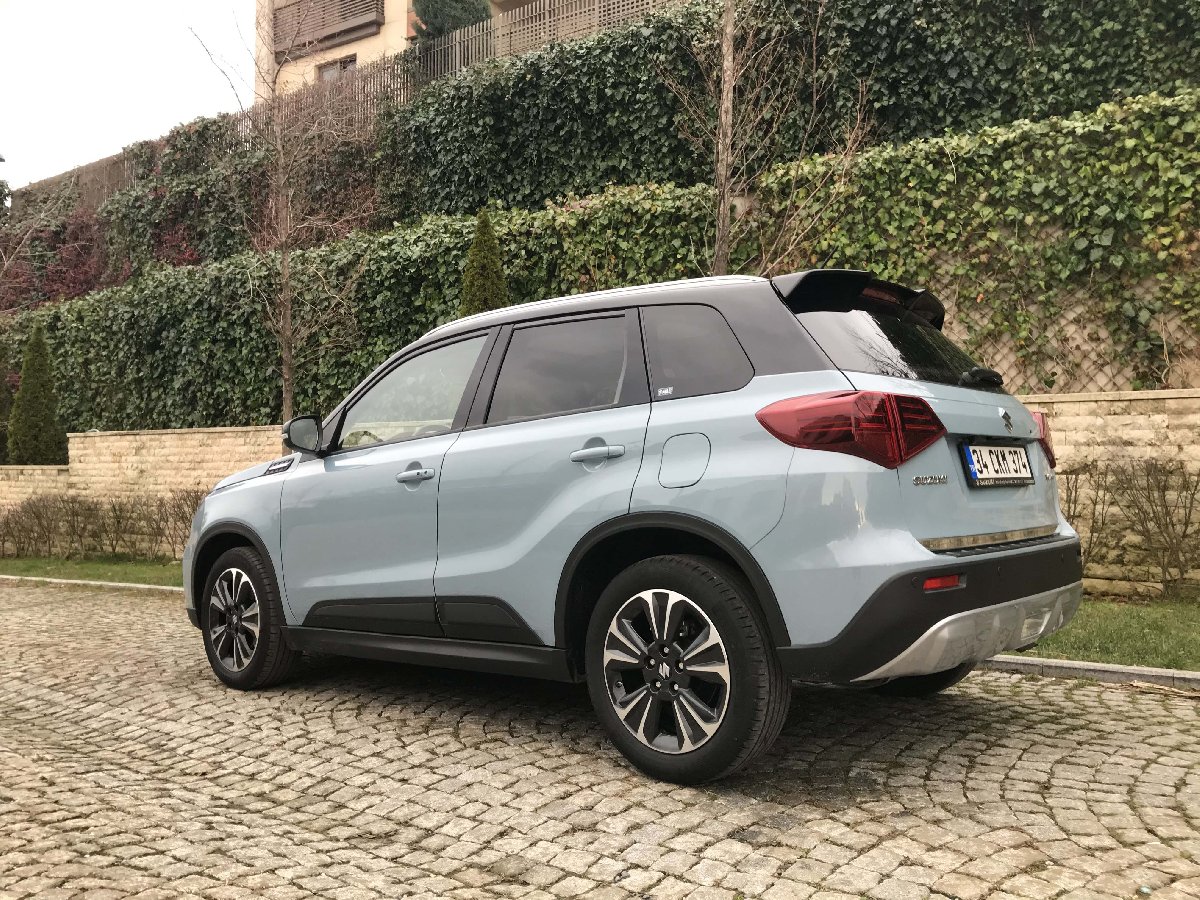
When you see the car, which had a light make-up operation in 2019, for the first time, you may not notice a serious change.
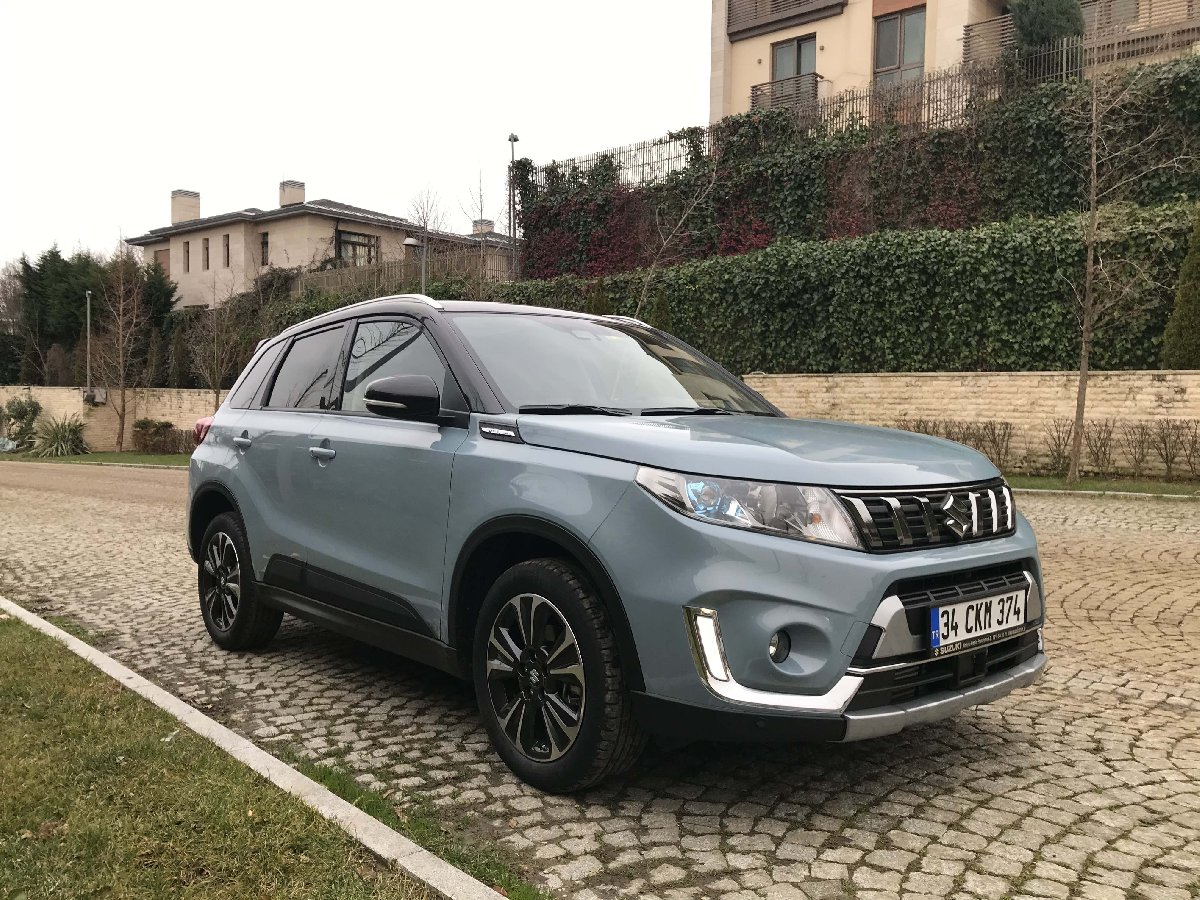
The design and chrome appearance of the car’s engine grille have been slightly increased and highlighted compared to the old version. The grill design, which is horizontal in the non-makeup version, is designed in vertical form with makeup.
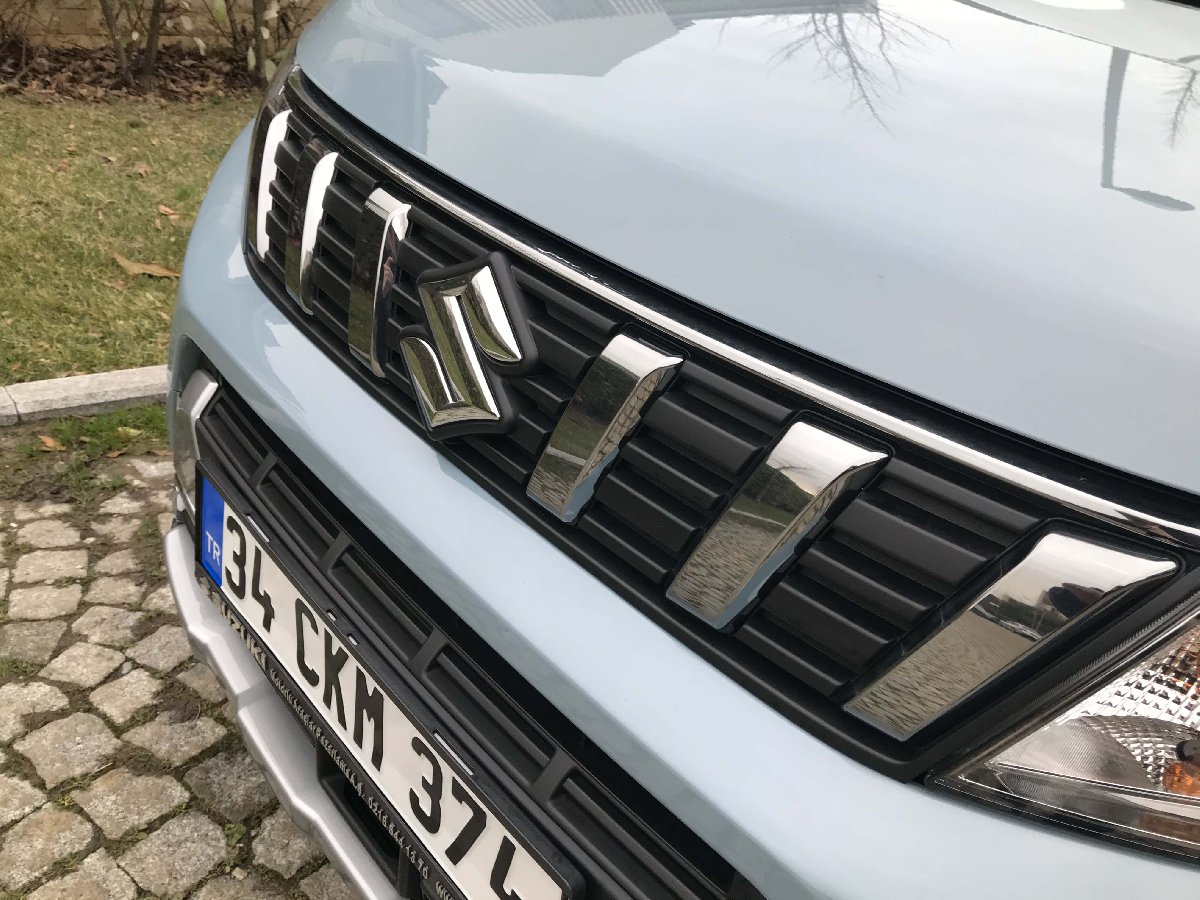
Vitara’s front bumper design has changed with make-up. The gray plastic details on the bumper of the new car are more protruding than the previous version and two parts.
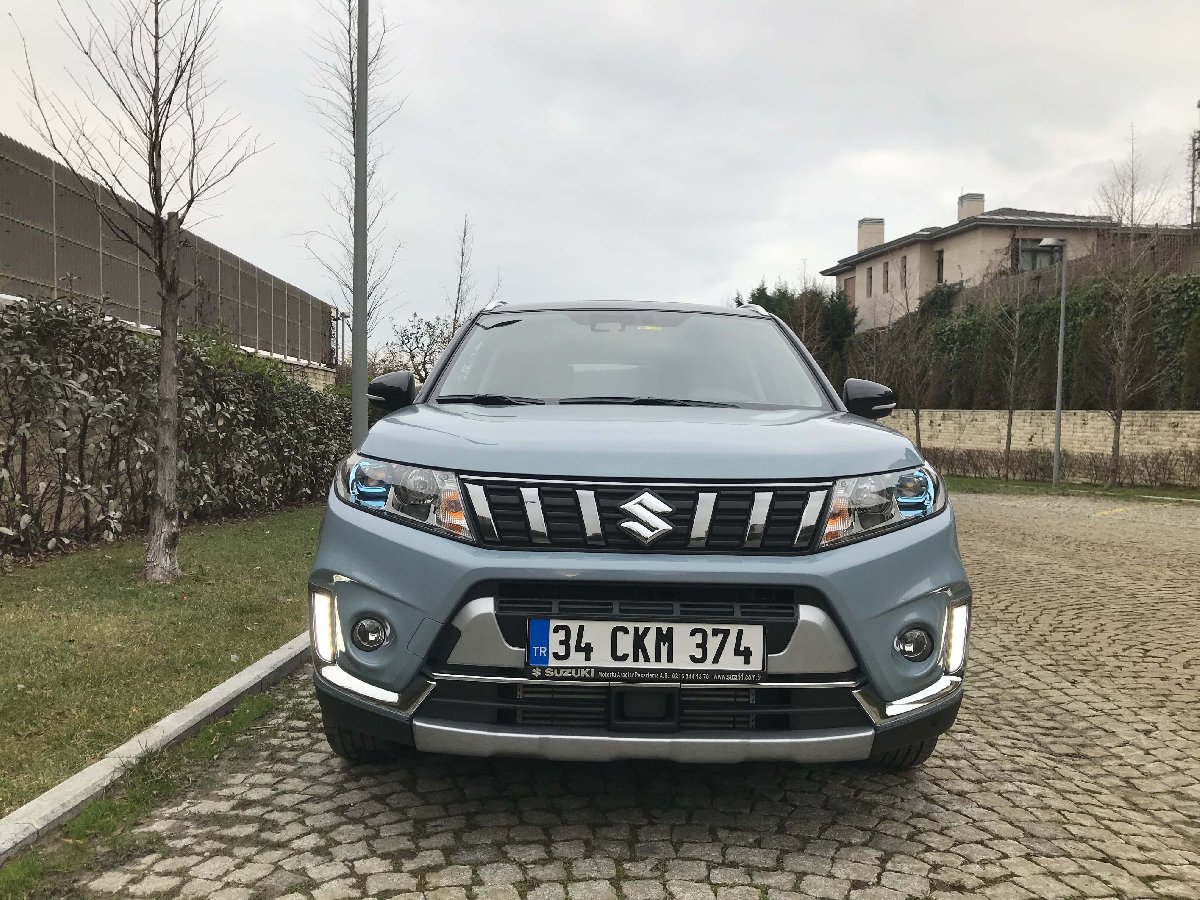
The headlight lens, which has a blue-colored container that we met in the 4th generation Vitara, continued to be protected with makeup.
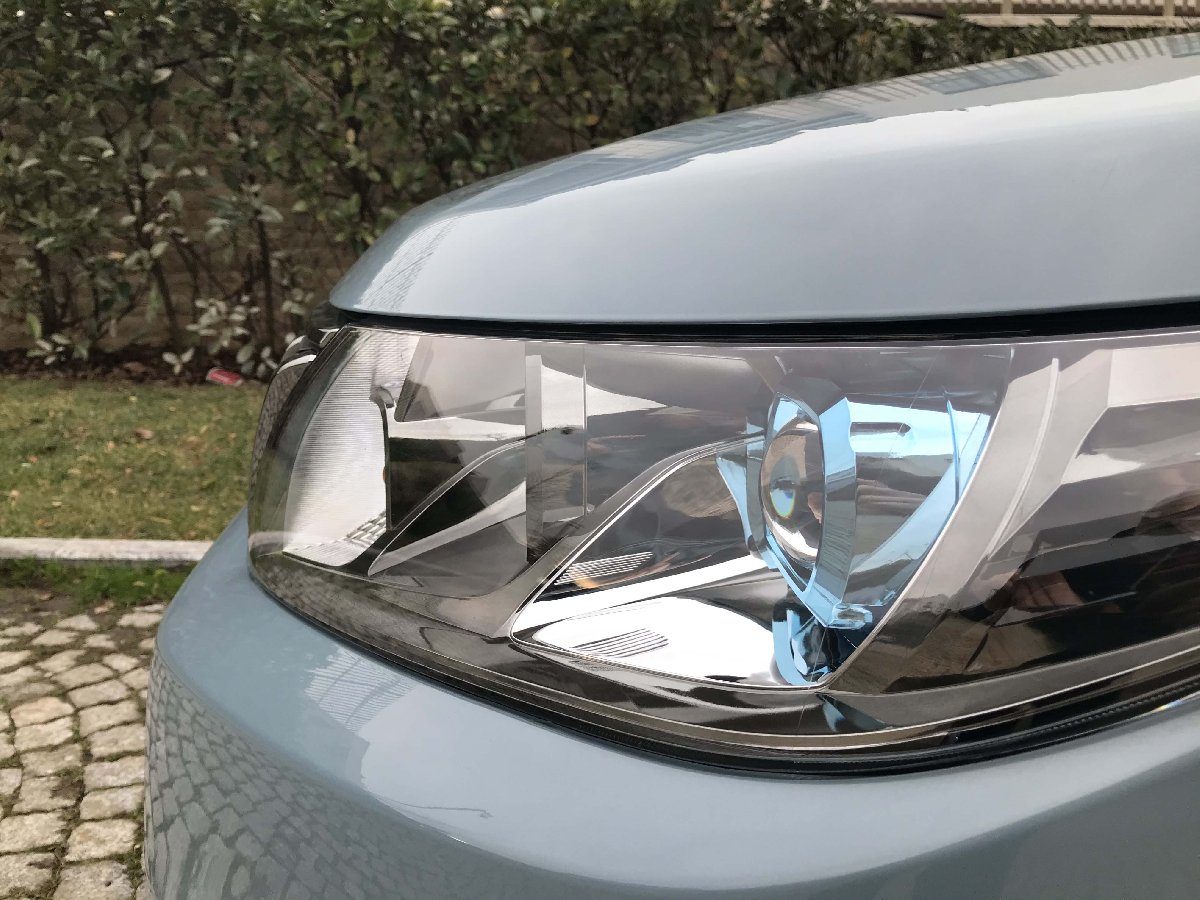
When you examine the side profile of the car, you notice that the new design and gray-black colored wheels come with make-up. The plastic black bands on the bottom of the doors protect the doors.
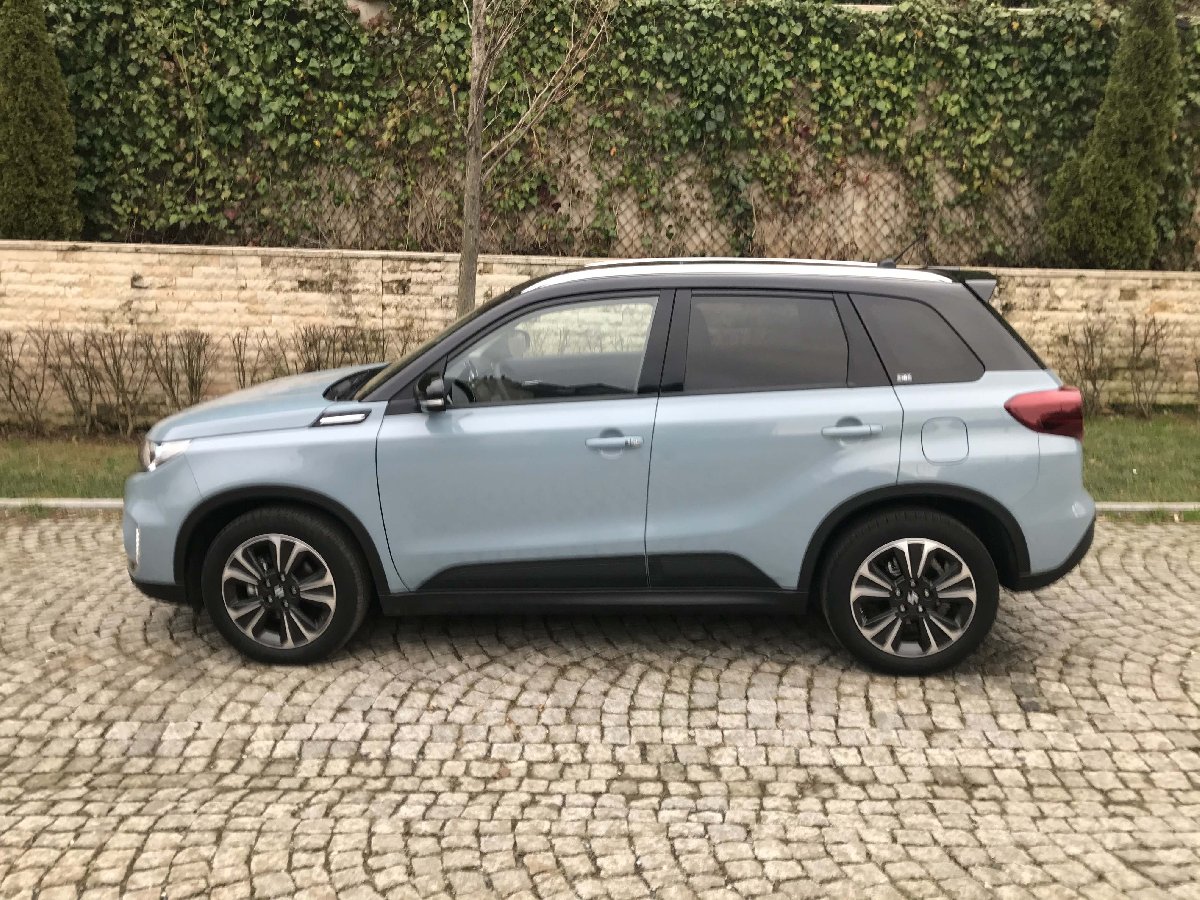
Let’s come behind Vitara. The biggest difference at the rear of the car is at the stops. Although the stops are the same in design, they are one step ahead technologically. The chrome lath mounted on the tailgate close to the bumper is also not overlooked.
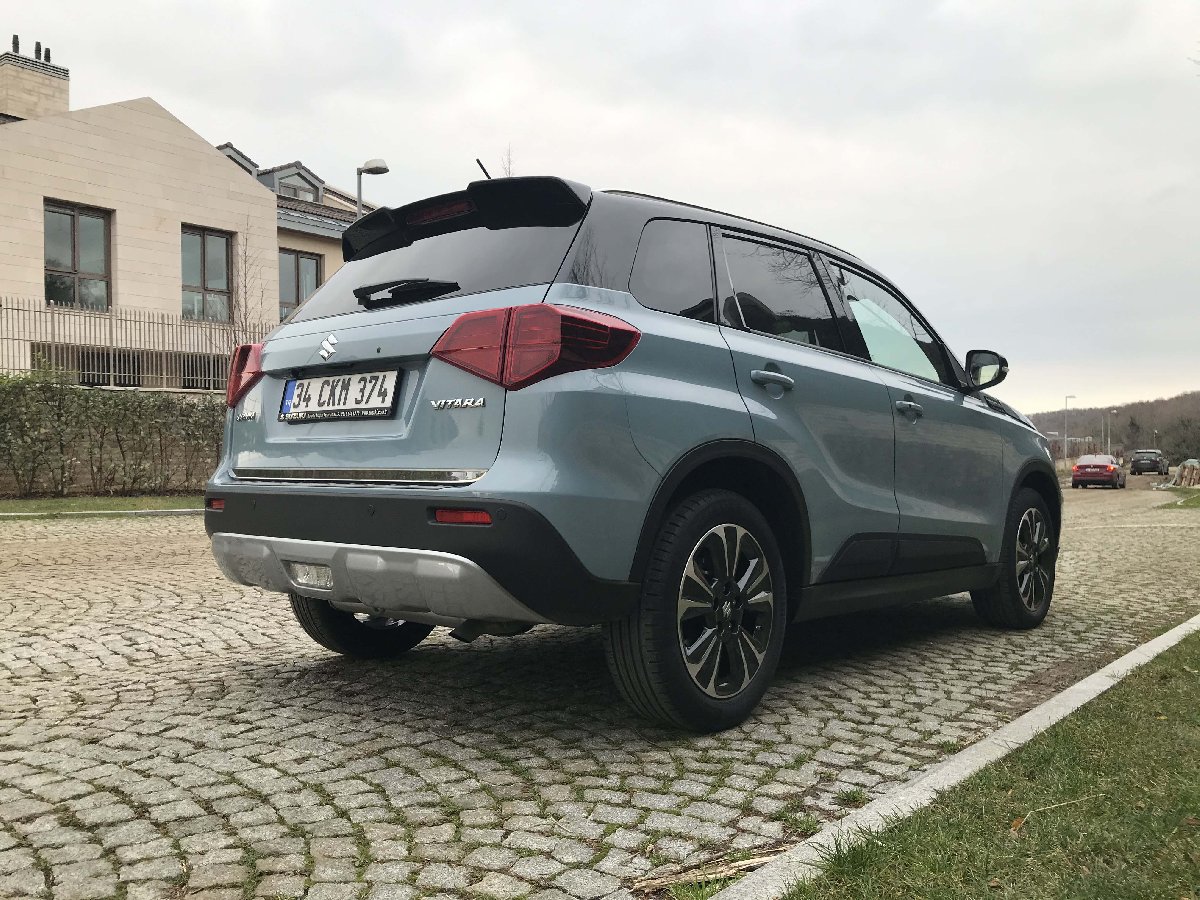
Another striking detail at the back is the rear bumper, which consists of 3 parts. This part can be defined as the first part, which is painted in plastic and body color, the second part with black plastic and the third part, which we can also call the exhaust diffuser covered with gray plastic. The part that changes with makeup is the third part…

When you go inside Vitara, it is very difficult to see a new and remarkable detail compared to the previous generation.
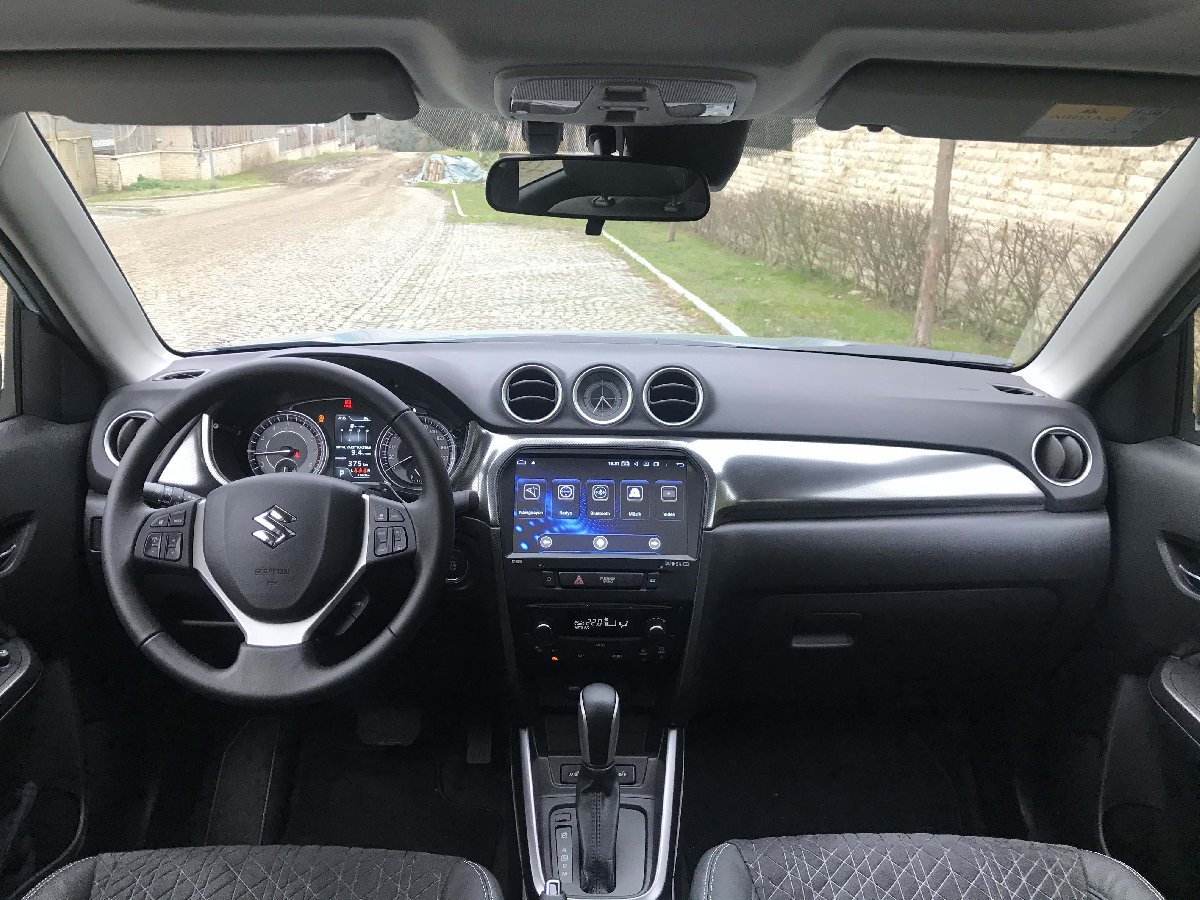
In the middle of the dashboard, the 10.1-inch Android multimedia screen says hello to you. The sensitivity, size and stance of this screen is impressive.

The three-spoke steering is the same as the previous generation. The instrument panel, which is just behind the wheel, is both easy to read and follow.
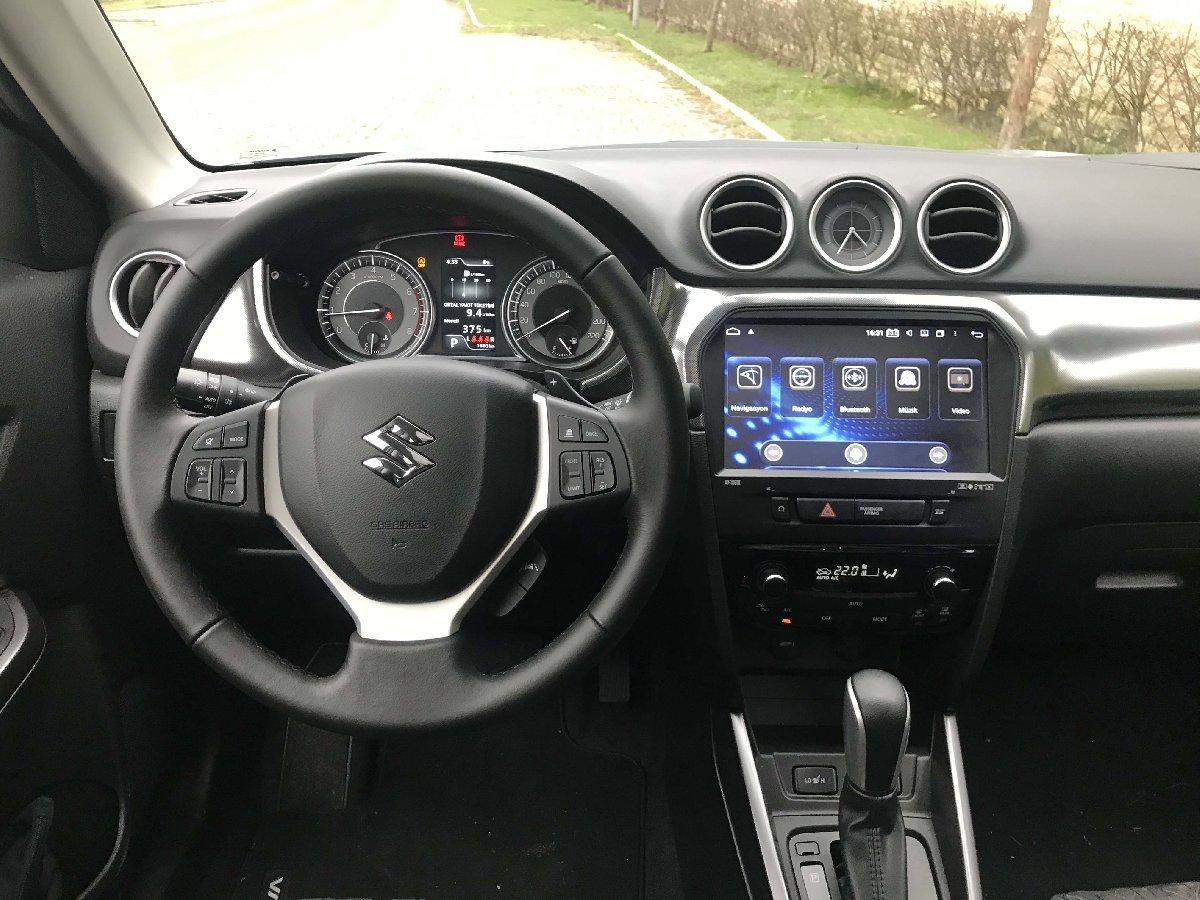
Let’s come to the dimensions of Vitara. The car is 4175 mm long, 1775 mm wide and 1610 mm high. The vehicle’s wheelbase is 2500 mm long. Although the car is defined as C SUV, you can think that it has an interior that is at the same level with the new versions of the B segment cars with this wheelbase.
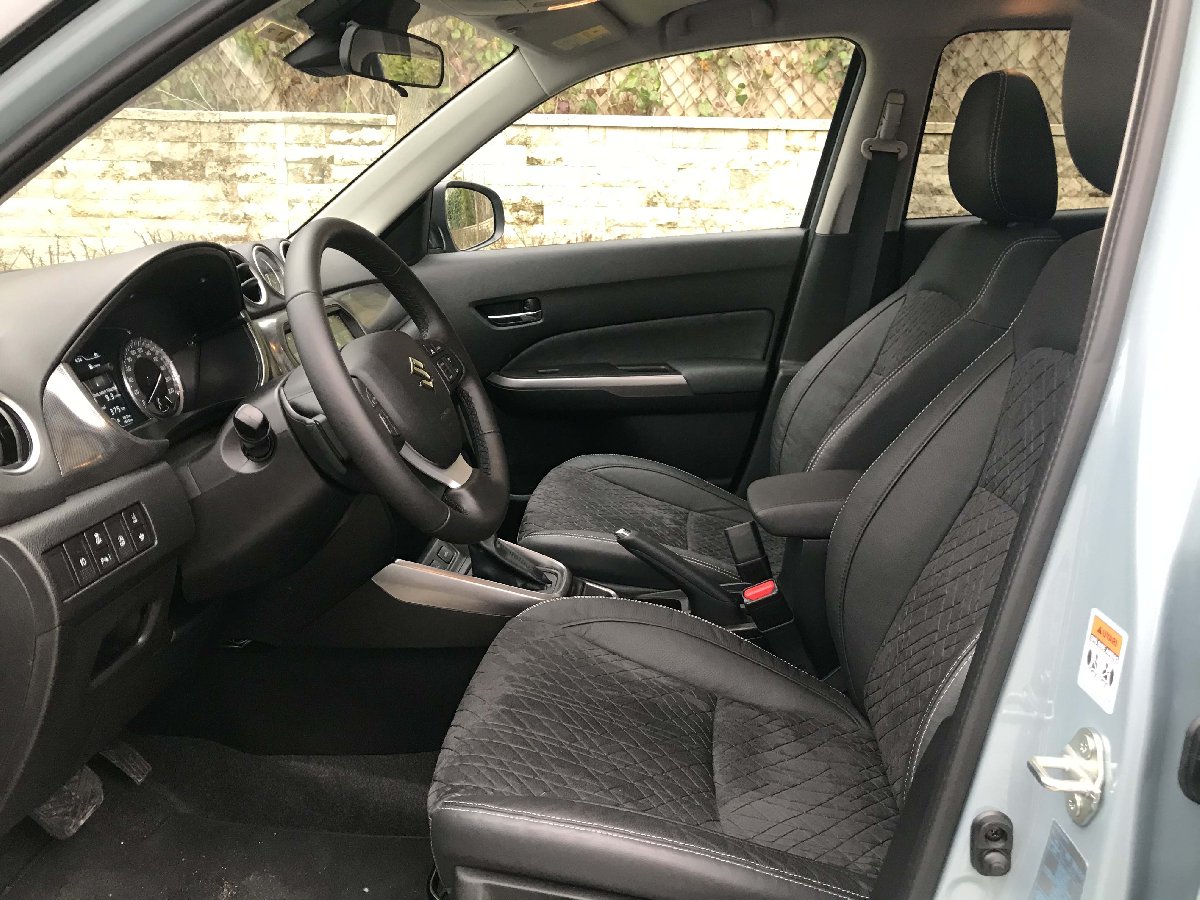
The total weight of the version, which is equipped with Vitara’s test vehicle, is 1145 kg, and the car’s luggage volume is at least 375 liters.
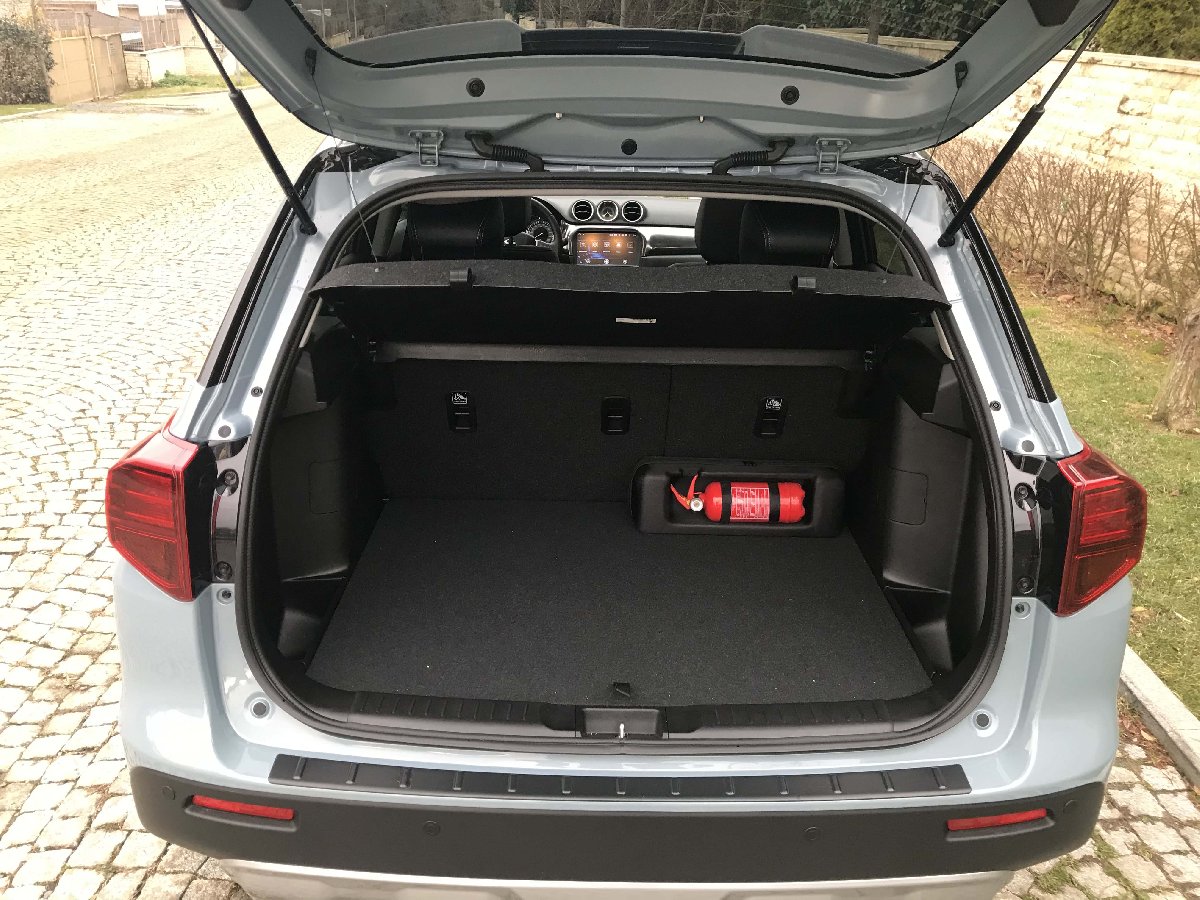
The most striking and curious topic in the make-up car is the 1.4-liter boosterjet engine. This engine is a 4 cylinder and turbocharged unit.
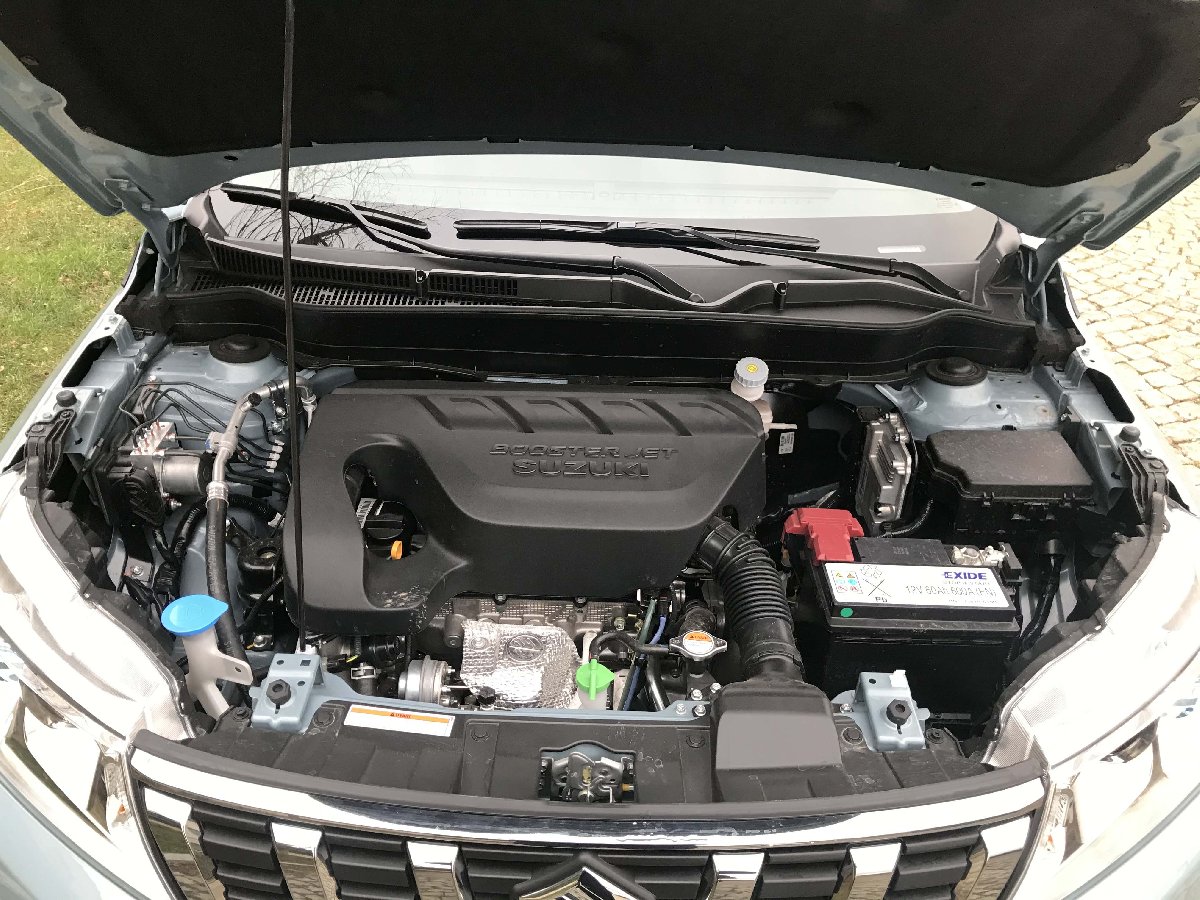
The 6-speed automatic transmission transmits the power of the engine, which produces 140 horsepower and 220 Nm of torque to the front wheels. This car is also available with a 4 × 4 traction system with the same engine.
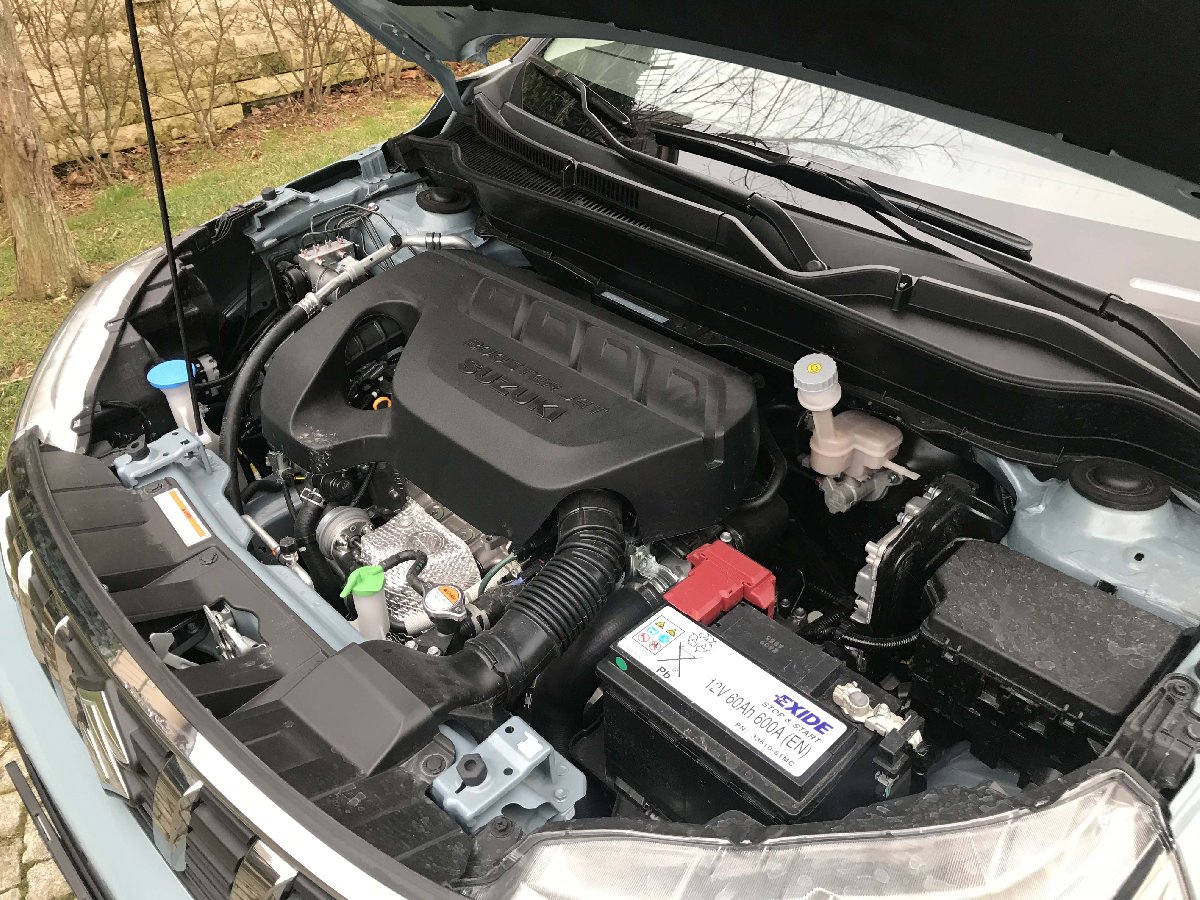
The fuel consumption data that the engine offers you in city use is quite reasonable. The vehicle has an average of 5.8 lt / 100 km consumption data as factory data. On the other hand, I was able to reach a general fuel consumption data of 9 lt / 100 km in the city traffic I used this car.
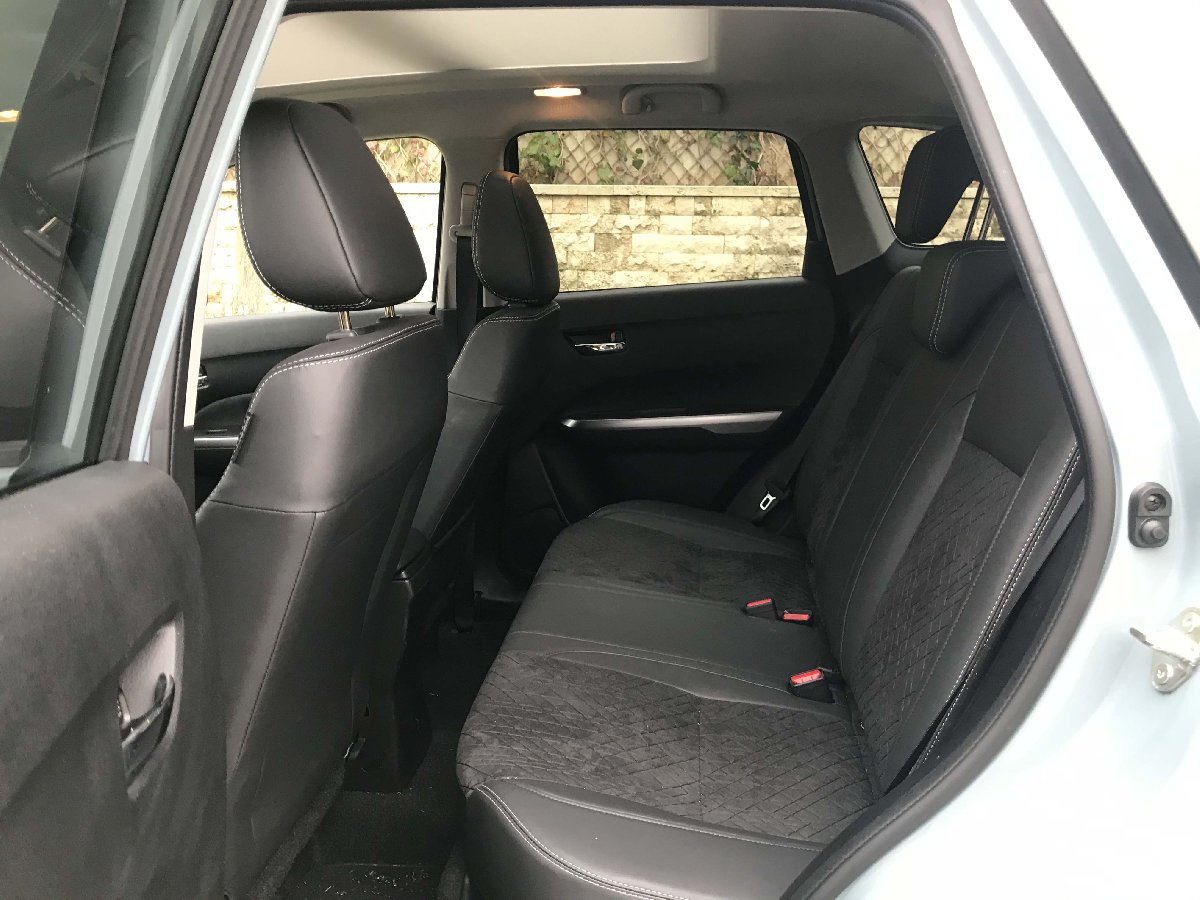
I can say that the Boosterjet engine is very helpful especially in sudden accelerations and city maneuvers, but it could be a bit better in terms of performance considering its competitors. Vitara 4 × 2 boosterjet takes 9.5 seconds to reach a speed of 0 to 100 km / h, while its maximum speed is 200 km / h.

When you examine the car’s safety equipment, you realize that Vitara has an advanced advanced detection system using a combination of a monocular camera placed on the windshield and a laser. This system enables the detection and recognition of traffic elements such as pedestrians and lane lines at medium to long distances with the laser sensor that provides superiority in short distances and at night.
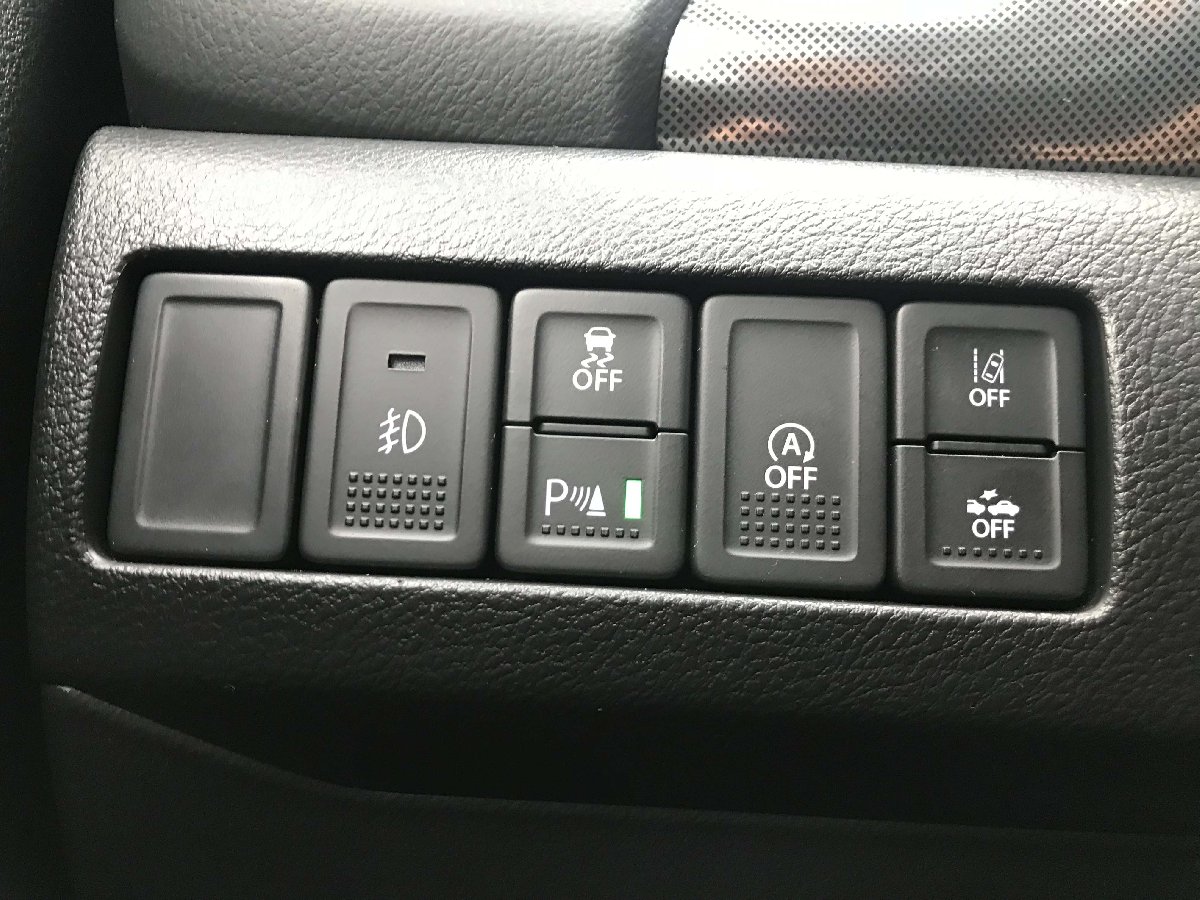
Vitara also uses two sensors on the move to determine whether there is a risk of collision with a vehicle in front or with a pedestrian. A monocular camera and a laser sensor. Lane tracking assistant, one of the most popular security elements of recent years, has also taken its place in Vitara. In addition, at speeds between 60 and 160 km / h, when the departure from the Lane is determined to happen, the vehicle controls the steering through the electric power steering system, helping the driver to return the vehicle to the lane.
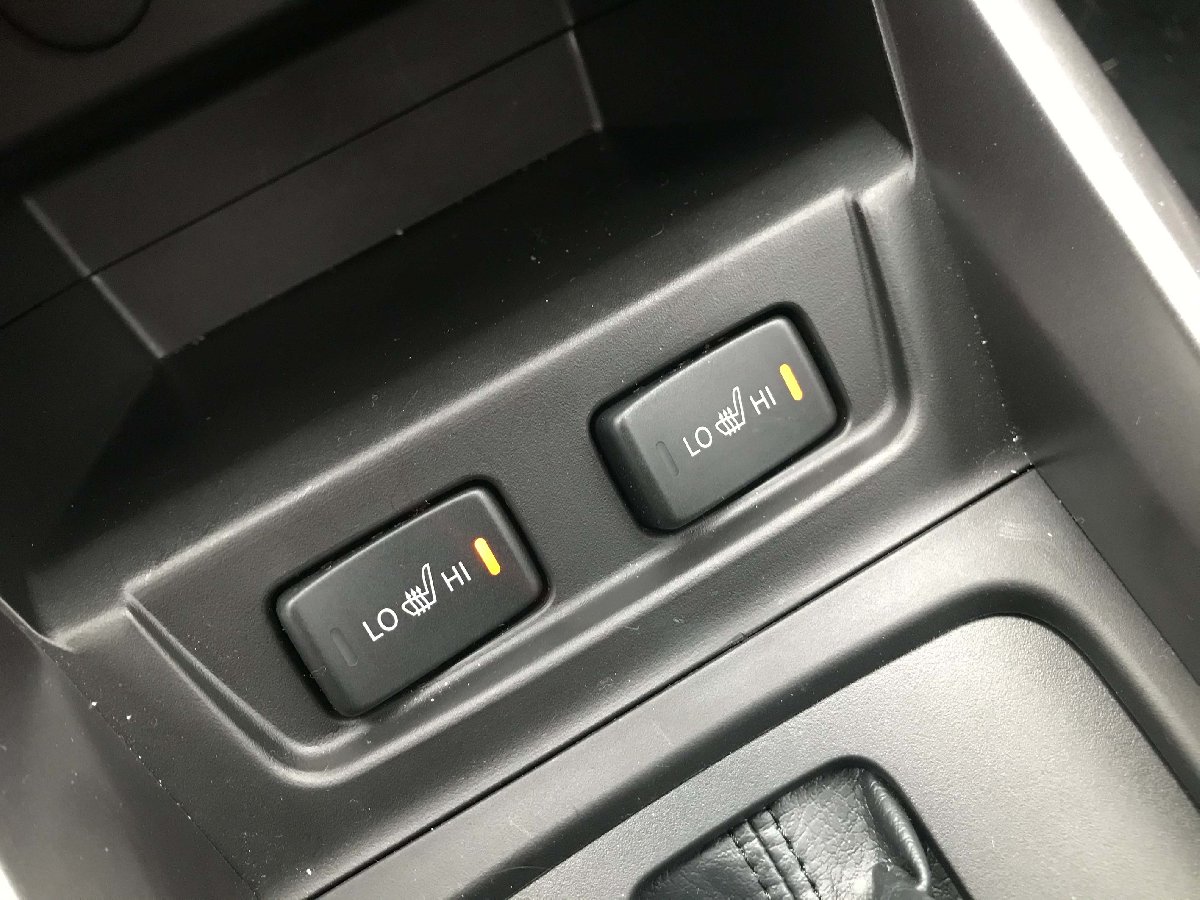
The yaw warning system is used to evaluate the driving style while the vehicle is traveling at speeds of 60 km / h or more and the driver’s sleep, etc. It is designed to give audio and visual warnings to the driver in case of “wobbling” of the vehicle for reasons.

Let’s come to the topic that everyone is curious about, the price of the car. With its new version, Vitara can be purchased in our country with the option of single engine and single transmission. The car, which has a 1.4 liter boosterjet engine and automatic transmission, can be preferred in two different traction systems: 4 × 2 and 4 × 4.
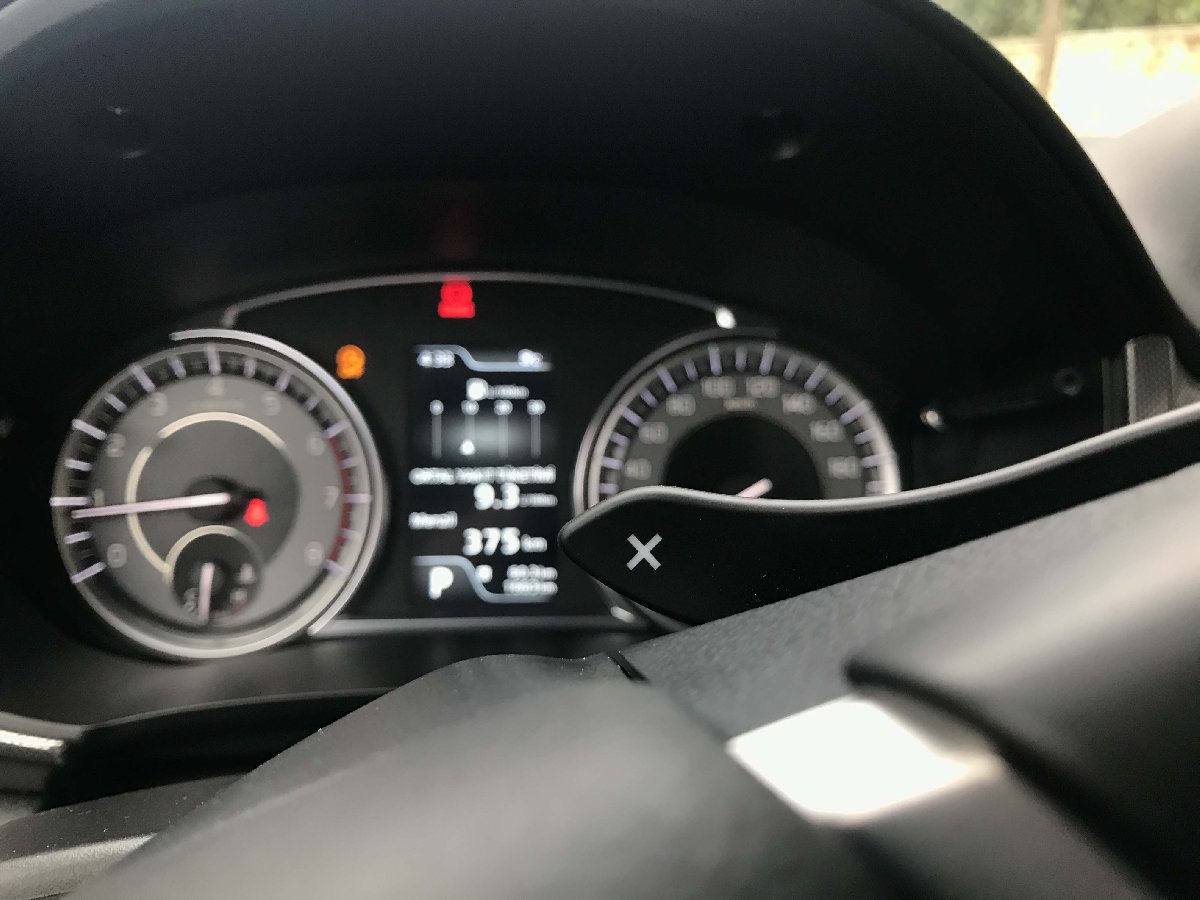
In light of all these details, the cheapest Vitara with 1.4 liter 4 × 2 traction system starts from 171 thousand 900 TL. It has a price scale extending up to 231 thousand 900 TL according to the automobile traction system, body color and equipment.

